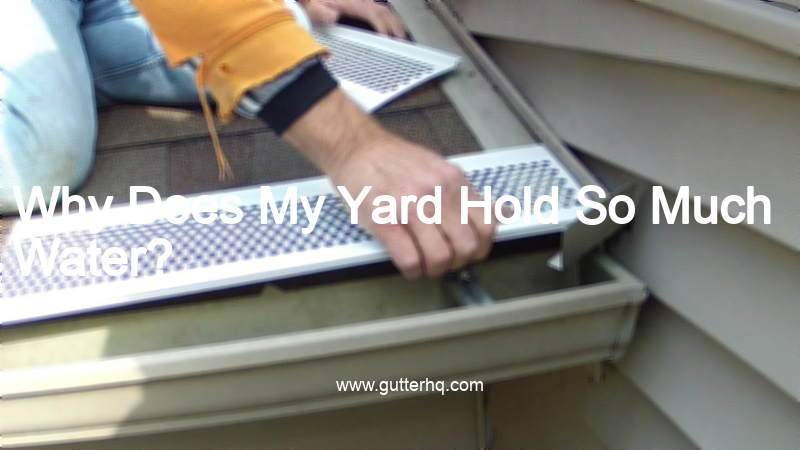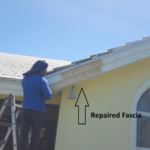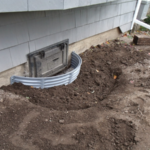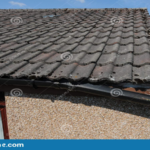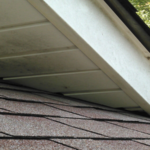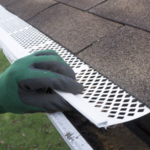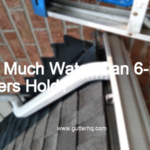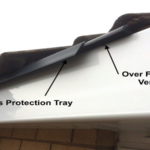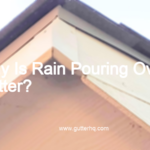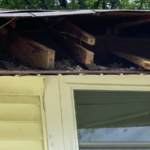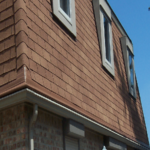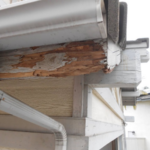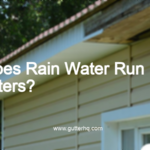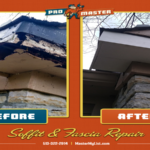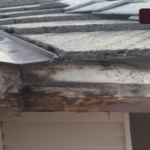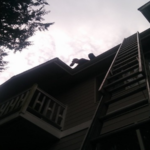There are a few reasons your yard may hold water. The first reason could be the type of soil you have. If you have clay soil, it holds water much better than sandy soil. Another reason could be the grade or slope of your yard. If your yard is flat or has a very gentle slope, water will have a harder time draining. Finally, the amount of vegetation in your yard can also play a role. If you have a lot of trees and shrubs, their roots can hold onto water and prevent it from draining.
How do I fix my yard that holds water?
If your yard holds water, it is probably due to one of two things: the ground is too level, or there is something blocking the flow of water away from your yard. To fix a yard that holds water, you will need to either create a slope or clear a path for the water to flow.
If the ground is too level, you can create a slope by adding topsoil to the low areas and tamping it down. You can also add mulch or compost to help hold the soil in place. If there is something blocking the flow of water away from your yard, you will need to clear it. This could mean digging a trench or clearing debris from a drainage pipe.
How do you fix a swampy yard?
- If your yard is too wet, you can improve drainage by installing a French drain. This is a trench that is filled with gravel and has a pipe running through the center. The water will flow through the gravel and into the pipe, which will carry it away from your yard.
- You can also improve drainage by regrading your yard. This means that you will need to excavate the wet areas and fill them in with soil. You will then need to grade the soil so that it slopes away from your house.
- Finally, you can plant trees and shrubs that are tolerant of wet conditions. These plants will help to absorb some of the excess water in your yard.
How do I fix a high water table in my yard?
If you have a high water table in your yard, the first thing you need to do is figure out where the water is coming from. If the water is coming from a nearby river or stream, you may need to build a levee to keep the water out. If the water is coming from rainfall or groundwater, you may need to install a drainage system. Once you know where the water is coming from, you can start to figure out how to fix the problem.
If the water is coming from a river or stream, you may need to build a levee. A levee is a wall that is built to hold back water. levees can be made out of earth, concrete, or other materials. You will need to work with a civil engineer to design and build a levee that is strong enough to hold back the water.
If the water is coming from rainfall or groundwater, you may need to install a drainage system. A drainage system will help to redirect the water away from your yard and into a drainage ditch or other area where it can be safely stored. You will need to work with a landscaper or civil engineer to design and install a drainage system that is right for your yard.
Why is my yard not draining water?
There are a few reasons your yard might not be draining water. The first is that the ground around your house might be higher than the rest of your property, which can cause water to pool in your yard. Another possibility is that there is a blockage in your home’s drainage system, which can cause water to back up and flood your yard. Finally, if you have any landscaping features in your yard, such as a retaining wall, they can also cause water to pool and flood your yard.
How do you stop grass from retaining water?
- Water your lawn early in the morning or late in the evening to allow the grass to absorb the moisture before the sun evaporates it.
- Avoid watering too frequently as this can lead to waterlogged soil and encourage shallow root growth.
- Raise your lawnmower blades to a higher setting so that you remove less grass with each cut. This will help the grass to better resist drought conditions.
- Apply a layer of mulch around your plants to help retain moisture in the soil.
- Group plants together based on their water needs so that you can more easily manage irrigation.
- Use a soaker hose or drip irrigation system to deliver water directly to the roots of your plants. This is a more efficient way to water and will minimize evaporation.
- Consider installing a rain barrel to collect and store water for use during dry periods.
How do I add drainage to my yard?
- If your yard is sloped, start by creating a drainage ditch along the lowest part of the property.
- Install perforated drainage pipes in the ditch, making sure that the holes are facing down.
- Cover the pipes with gravel or rocks to keep them in place.
- Connect the drainage pipes to a drainage outlet, such as a catch basin or dry well.
- If you have a flat yard, you can create a French drain to improve drainage.
- To do this, install a perforated drainage pipe in a shallow trench.
- Cover the pipe with gravel or rocks, and then cover the trench with soil.
- Make sure that the drainage pipe slopes downhill so that water can drain properly.
- Connect the French drain to a drainage outlet, such as a catch basin or dry well.
What is the best fill for wet areas?
There are a few options for the best fill for wet areas. Some people believe that sand is the best option because it allows for drainage and doesn’t hold moisture. Others believe that gravel is the best option because it also allows for drainage and doesn’t absorb water. Ultimately, it is up to the individual to decide what is best for their own situation.
Last Word
There are a few reasons why your yard may be holding water. It could be due to the type of soil you have, the slope of your yard, or even the type of vegetation you have. If you’re not sure why your yard is holding water, you can always consult with a landscaper or soil expert to find out. In the meantime, there are a few things you can do to help alleviate the problem, such as installing drainage systems or regrading your yard.
